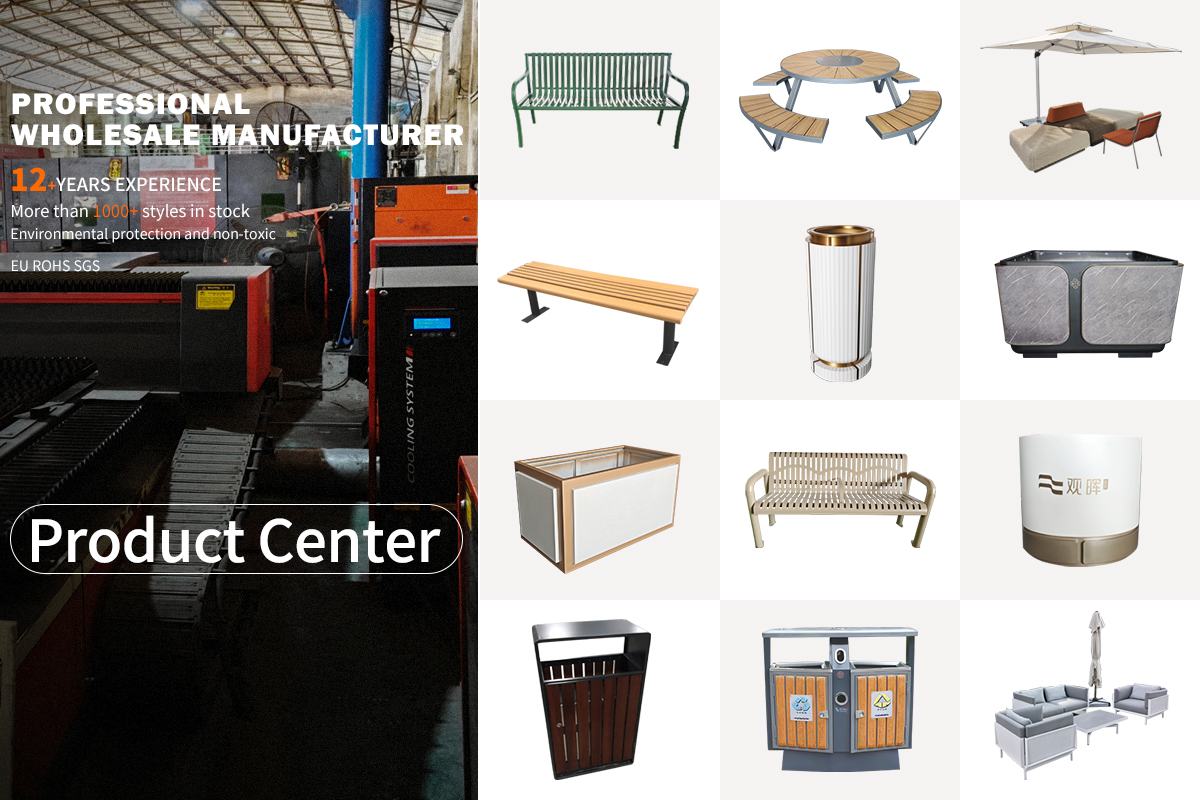When designing a coastal conservatory dining area, selecting the right outdoor furniture materials is crucial for both aesthetics and durability. The salty air, humidity, and occasional storms demand materials that can withstand harsh conditions while maintaining elegance.
1. Teak – A top choice for coastal settings, teak is naturally resistant to moisture, rot, and pests. Its rich golden-brown hue weathers beautifully to a silvery-gray patina, adding a timeless charm to your conservatory.
2. Aluminum – Lightweight yet sturdy, powder-coated aluminum resists rust and corrosion. Opt for marine-grade aluminum for extra durability in salty environments. Its sleek design complements modern and traditional spaces alike.
3. Synthetic Wicker (HDPE) – High-density polyethylene wicker is UV-resistant, waterproof, and easy to clean. Paired with rust-proof frames, it offers a stylish, low-maintenance solution for coastal dining areas.
4. Stainless Steel – Ideal for frames and accents, stainless steel withstands saltwater exposure when properly treated. Pair it with tempered glass or weather-resistant cushions for a sophisticated look.
5. Marine-Grade Polymer – A sustainable alternative, this material mimics wood but is impervious to moisture, fading, and cracking. It’s perfect for eco-conscious homeowners seeking longevity.
For cushions and upholstery, choose Sunbrella or other marine-grade fabrics to prevent mold and fading. With these materials, your coastal conservatory dining area will remain stylish and functional for years.


